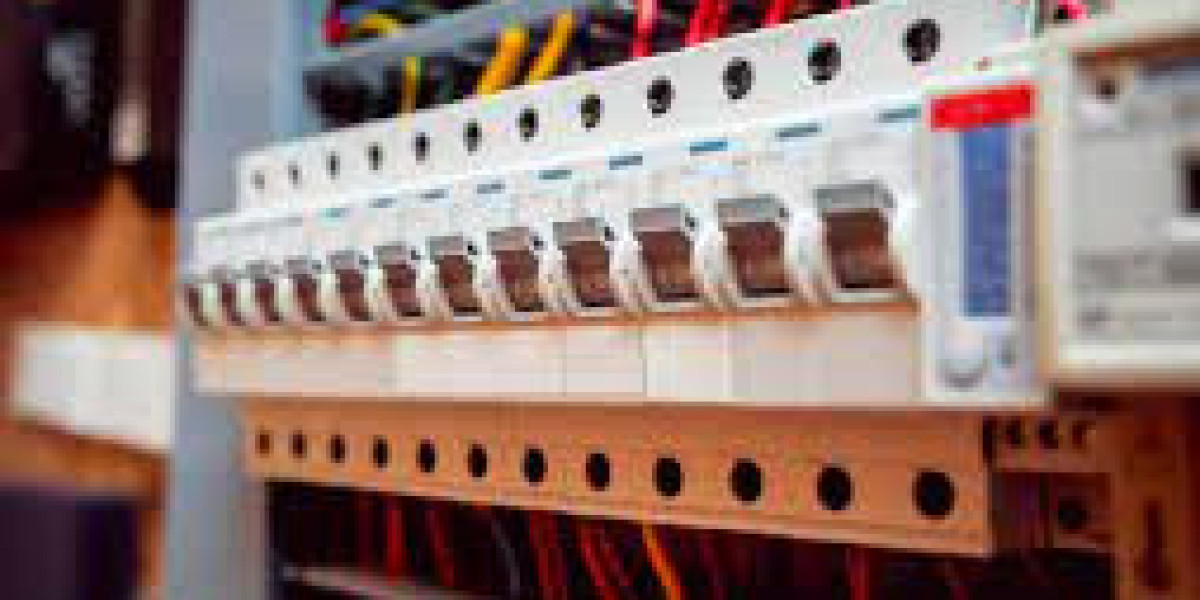Introduction: When it comes to electrical safety in your home, understanding how to reset a tripped circuit breaker is a fundamental skill every homeowner should possess. Circuit breakers act as crucial safeguards, protecting your electrical system from overloads and potential hazards. If you find yourself in the dark or without power in specific areas of your home, chances are a circuit breaker has tripped. Fear not! In this guide, we'll walk you through the step-by-step process of resetting your circuit breaker safely and effectively.
What is a Circuit Breaker and How Does it Work? A circuit breaker is a safety device that automatically cuts off the electrical flow to a circuit when it detects excessive current. It acts as a barrier against electrical overload, preventing potential fires and electrical damages. When too much current flows through the circuit, the circuit breaker "trips," shutting off power to that specific area.
Step-by-Step Guide to Resetting Your Circuit Breaker:
Identify the Tripped Breaker: First, locate your circuit breaker panel. It is usually located in the basement, utility room, or garage. Open the panel door, and you'll see rows of switches (breakers). The one that has moved from the "ON" position to the middle or "OFF" position is the tripped breaker.
Turn Off Electronic Devices: Before resetting the breaker, ensure all electronic devices and appliances connected to the affected circuit are turned off. This prevents potential power surges when the circuit is reactivated.
Fully Switch Off the Tripped Breaker: To reset the breaker, you need to first switch it completely to the "OFF" position. This is important to ensure a proper reset.
Inspect the Circuit: Take a moment to identify the cause of the trip. Overloaded circuits, short circuits, or ground faults can lead to breaker trips. If you notice any damaged wires, signs of burning, or unusual smells, it's essential to call a licensed electrician to investigate further.
Wait for a Few Seconds: After switching the breaker off, give it a few seconds to stabilize. This allows the internal components to reset properly.
Reset the Breaker: Now, push the tripped breaker firmly to the "ON" position until you hear a distinct click. The breaker should now be reset and ready to restore power to the circuit.
Switch On Electronic Devices: Once the breaker is reset, you can start turning on your electronic devices and appliances one by one. If the breaker trips again immediately, it could indicate an ongoing issue that requires professional attention.
Electrical Safety Tips:
- Never touch the circuit breaker with wet hands or while standing on wet surfaces.
- If a breaker continues to trip after resetting, refrain from repeated attempts and consult a qualified electrician.
- Regularly inspect your circuit breaker panel for signs of wear and tear, and have it serviced by a professional every few years.
Conclusion: Resetting a tripped circuit breaker is a fundamental skill that every homeowner should know to ensure electrical safety in their homes. Remember to follow the step-by-step guide carefully and prioritize safety above all else. In the event of persistent tripping or electrical issues, always seek professional assistance from a licensed electrician to avoid potential hazards. With this knowledge in your arsenal, you can confidently handle minor electrical setbacks and keep your home and loved ones safe from electrical mishaps.








